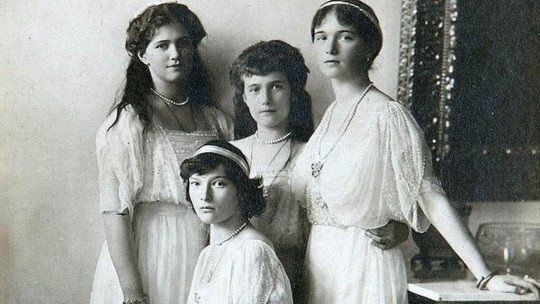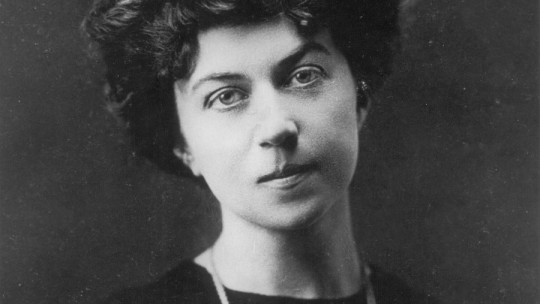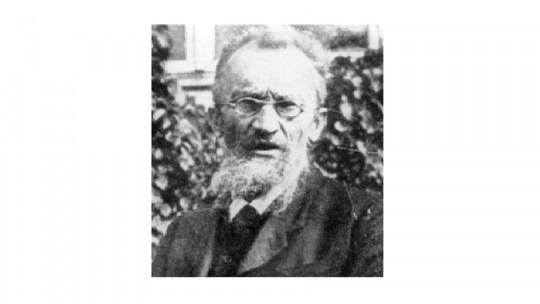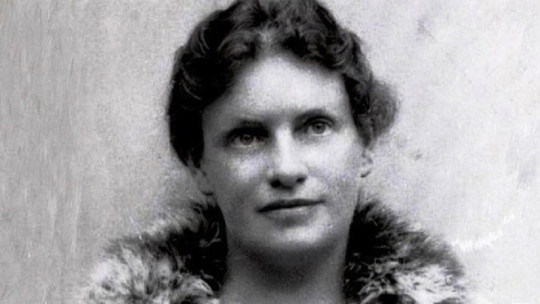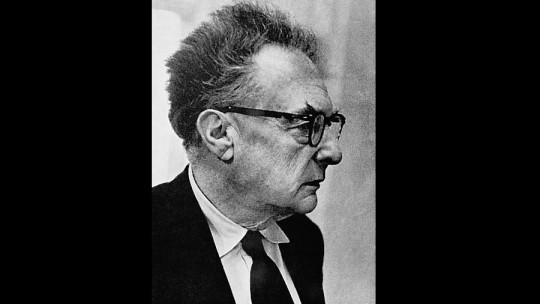The end of the last Russian imperial family has caused rivers of ink to flow and has led historians on their heads Especially when it comes to the fate of the Romanov sisters, the four daughters of Tsar Nicholas II.
The little that is known about the fateful July night in which they were massacred is known for the most part from the reports and memoirs that Yakov Yurovski (1878-1938), the person in charge of the assassination, made after the assassination. However, his testimony varies depending on the source we take, so it is difficult to faithfully reconstruct what exactly happened in the early hours of July 16 to 17, 1918.
This lack of information, which In the months that followed the tragedy was absolute, it made several women who claimed to be the grand duchesses begin to appear and that, apparently, they had survived the massacre. Among them, the best known was Anna Anderson (c. 1897-1984), the fraud who claimed to be Grand Duchess Anastasia all her life. There were also, however, several Tatianas, Olgas and Marias, and even some Alexei, the heir to the Russian empire.
What exactly happened that hot night in 1918? Is it true that some members of the imperial family managed to survive? What happened to the tsar’s daughters? Is it true that Anastasia, the little girl, did not die? Join us on a journey through the biography of the four Romanov sisters, told beyond the legend.
Had one of the Romanov sisters survived?
In 1979, near Yekaterinburg, a group of amateur archaeologists made an astonishing discovery Human remains were found in a mass grave near the city (where the murderers had supposedly buried the bodies of the imperial family and their servants). The USSR had not yet fallen, and the news could be dangerous, so the improvised expedition kept the discovery hidden and left the remains where they were.
This is how things remained until 1991, when, once the Soviet Union had fallen, work began again in the area and the nine bodies were identified as members of the last imperial family and some of its faithful servants. After the respective analyses, the experts They give their verdict: the bodies of one of the two little daughters, Maria or Anastasia, and that of her brother, Tsarevich Alexei, are missing.
The woman who wanted to be Anastasia
The news caused a certain stir, since, if the body of one of the youngest daughters were missing, the story of that strange woman who, in the 1920s, began stubbornly claiming to be Grand Duchess Anastasia Let’s review for a moment what the case consisted of.
The year was 1920. It had been two years since the imperial family had been murdered by the Bolsheviks, but the world still did not know the exact details. The international newspapers were filled with news about the whereabouts of its members: some insisted that both the Tsarina and her daughters had been transferred to a safe place, based on statements by Lenin in which he assured that only the Tsar had been taken. been executed and that the family had been evacuated. If so, what had happened to the Romanov sisters? What was his whereabouts?
That year, a young woman jumped into a canal in the city of Berlin She was rescued and transferred to a psychiatric hospital, where she was registered with the name Fräulein Unbekannt (miss unknown), since she, at first, did not want to give her name. However, she later began to assert that she was Grand Duchess Anastasia and that she had been miraculously saved from the Yekaterinburg massacre. The news spread like wildfire. An heir to the Russian throne, long live…!
As, thanks to the newspapers, the story caused a sensation in those years, people began to be interested in his testimony. Some claimed that the resemblance to Anastasia was striking (something we doubt, in light of the photographs that have survived, and which we must attribute to the suggestion of her listeners). But the most incredible thing was the discovery, on the young woman’s head, of several gunshot wounds that seemed to definitively prove her right.
The matter went around the world and came to implicate people close to the imperial family, who said they recognized the grand duchess in the woman The story even inspired a film in the 1950s, starring Ingrid Bergman and Yul Brynner, as well as an animated film in 1997. Finally, DNA tests carried out after the woman’s death confirmed that she was lying. In reality, the impostor was called Franziska Schanzkowska and she was originally from Poland.
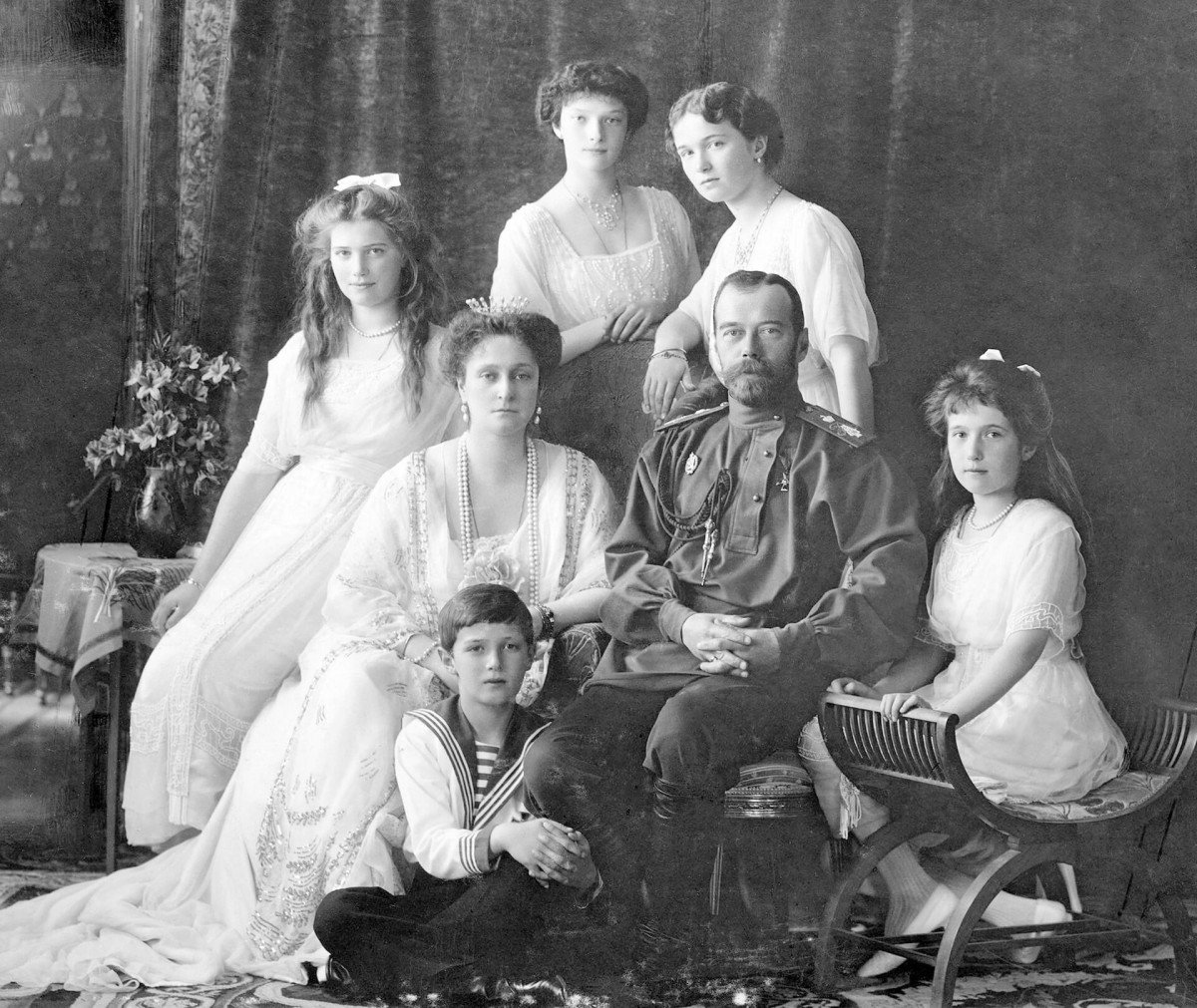
The end of the legend
Despite the evidence, the questions were not resolved. The absence of one of the female corpses continued to fuel the legend of the missing daughter, and to it was added that of the boy, Alexei, whose body was also not found among the remains of the grave.
The answers were going to come almost ten years after the discovery of the bodies, and almost a century after the tragedy. In 2007, the two missing bodies appeared in a nearby grave and, again, DNA tests confirmed their identity The bodies belonged to the missing daughter and her brother the tsarevich. Case closed: no member of the imperial family had managed to survive, and the rumors were just that, rumors.
From imperial family to prisoners of the Soviets
What, exactly, happened that night in July 1918? How did the members of the Russian imperial family spend their last hours? How were they killed? Yekaterinburg, at the gates of Siberia, was not the first imprisonment that the Romanovs had suffered. After the triumph of the revolution, in October 1917, and the consequent abdication of Nicholas, they were placed under house arrest in the Tsarkoe Seló palace , the Romanovs’ habitual residence, near Saint Petersburg. Later they were transferred to Tobolsk, a remote city in the Russian steppe, where they spent several months in solitude and oblivion. Yekaterinburg was, therefore, his third and last prison.
The conditions of arrest in the Ipatiev house, where they had been placed, were much worse than those they had suffered in Tobolsk. Because, while in the latter they were allowed walks in the garden of the house and enjoyed a certain permissiveness, in Yekaterinburg they could barely leave the walls of the building and, furthermore, the windows were painted so as not to be seen from the outside. The days passed between boredom, sadness and despair, which Anastasia, the most joking of the sisters, tried in vain to cheer up.
Much has been said about the fatal outcome of the Romanov sisters, but little about their character and intimate life And, beyond being grand duchesses of Russia, the tsar’s daughters were four homely and quiet young women who had been educated in an environment that was more bourgeois than imperial. If you want to see them closer, keep reading.
A simple and bourgeois education
It is no secret that the birth of four daughters in a row caused some frustration in the tsar’s spirit, since he urgently needed a male heir. However, both he and his wife the Tsarina loved their little girls, whom they affectionately called “our four-leaf clover.”
Despite Nicolás’ image as an autocrat (hard-earned, on the other hand), the truth is that, In their intimate life, the family behaved more like a bourgeois family than like the emperors of Russia In Tsarkoe Seló, the palace built by Catherine the Great in which they used to live, they only used a few rooms that Alexandra, the empress, fitted out in English style. We must not forget that the Tsarina’s grandmother was Queen Victoria of England, and that Alexandra’s education had been Victorian, elegant and austere.
The four girls were obliged to make their beds every morning and led a fairly normal life, without any big fuss or unnecessary luxuries. They had a careful study program, which the Tsarina closely monitored, as long as her illnesses (most of them of a nervous nature) allowed it. The sisters used to sign the documents they drafted together with the acronym OTMA, which was made up of the initials of their names: Olga, Tatiana, María and Anastasia.
OTMA
Helen Rappaport, in her extraordinary work The Romanov Sisters (see bibliography), makes an excellent portrait of each of the sisters, their personality and character and the vicissitudes they had to live through. Of the OTMA brotherhood, the oldest was Olga, born in 1895. She had an oval and sweet face, although somewhat melancholic. Of all the sisters, Olga was the one who harbored the deepest feelings.
Her intelligence and extraordinary sensitivity made her quickly realize the misfortunes and dangers of life, and that is why she had sudden changes in mood and outbursts of melancholy They tried to marry her to the heir to the Romanian throne, Prince Charles, but she refused. The irony of the case is that, if Olga had married him, she would have been outside Russia during the Revolution, and perhaps he would have saved her life.
OTMA’s second was Tatiana, affectionately called the governess in the family, for her practical and organized nature. Considered by many of her contemporaries the most beautiful of her sisters, Tatiana was however very shy and reserved, and she usually spoke little. Her attractive beauty was greatly influenced by her elegance when dressing and walking, since she had the demeanor of a true queen. However, like the rest of her sisters, she was a very humble and close person.
Both Olga and Tatiana actively participated in the First World War as nurses. They spent much of the day next to the convalescent soldiers, and even dared to help in small surgeries , which terrified Olga but which Tatiana faced with the serenity that characterized her. As teenagers they were, they became fascinated by some of the soldiers they cared for, who became her first (and only) loves.
María, the third of the sisters, was a sweet and dreamy creature. She had a strong, large complexion and a beautiful face where two enormous light eyes stood out, which were known in the family as María’s saucers. Of the Romanov sisters she was the closest and most affable, and also the most flirtatious and in love. Perhaps because of her status as her middle sister, it seems that Maria always felt a little lonely and displaced, and she constantly needed signs of affection to feel calm and happy.
Anastasia, the last of the sisters (who has inspired so much mythology) was mischievous and rebellious to a fault. She had a rebellious character that upset her educators, but she was also very witty, joking and friendly. According to many testimonies, it was Anastasia who managed to cheer up her family during the long months of uncertainty and captivity with his games and his jokes.
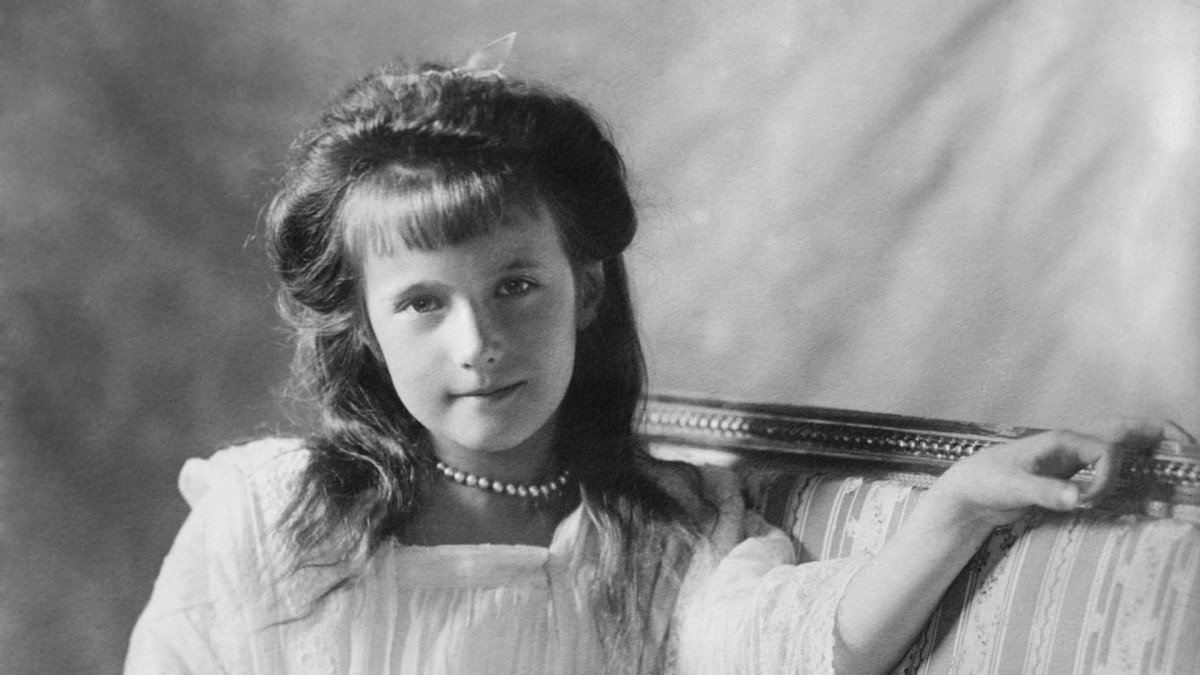
That hot July night
What happened to these four young women that night in July 1918? Let’s see what Yurovski’s testimony says about it. According to the head of the executioners, that night he gave orders to his men and awarded each of them a victim. Some Lithuanians who were among them asked that he not make them kill the girls, so Yurovski decided to separate them from the macabre mission, fearing that, at the crucial moment, they would stop.
Around two in the morning on the 17th, Yurovski woke up the family and his servants and made them dress and go down to the basement of the house They lined up and some, like the Tsarina and Alexis, sat down. Then Yurosvki told them his death sentence, issued by the Ural Soviet, and there was no time for reactions. The soldiers started shooting.
Even though each one had an assigned person, chaos soon took over the room. Some of the women seemed irreducible; Yurosvki soon realized that the jewels sewn into their corsets were stopping the bullets, so he ordered them to be finished off with the bayonet (or with a shot to the head, depending on Yurosvki’s own testimony). The result was real carnage.
No one survived the massacre The supposed grand duchesses who appeared, including the famous Anna Anderson (aka Anastasia), were fake. The lives of the Romanov sisters ended on July 17, 1918. The eldest was twenty-two years old, and the youngest had barely turned seventeen.

